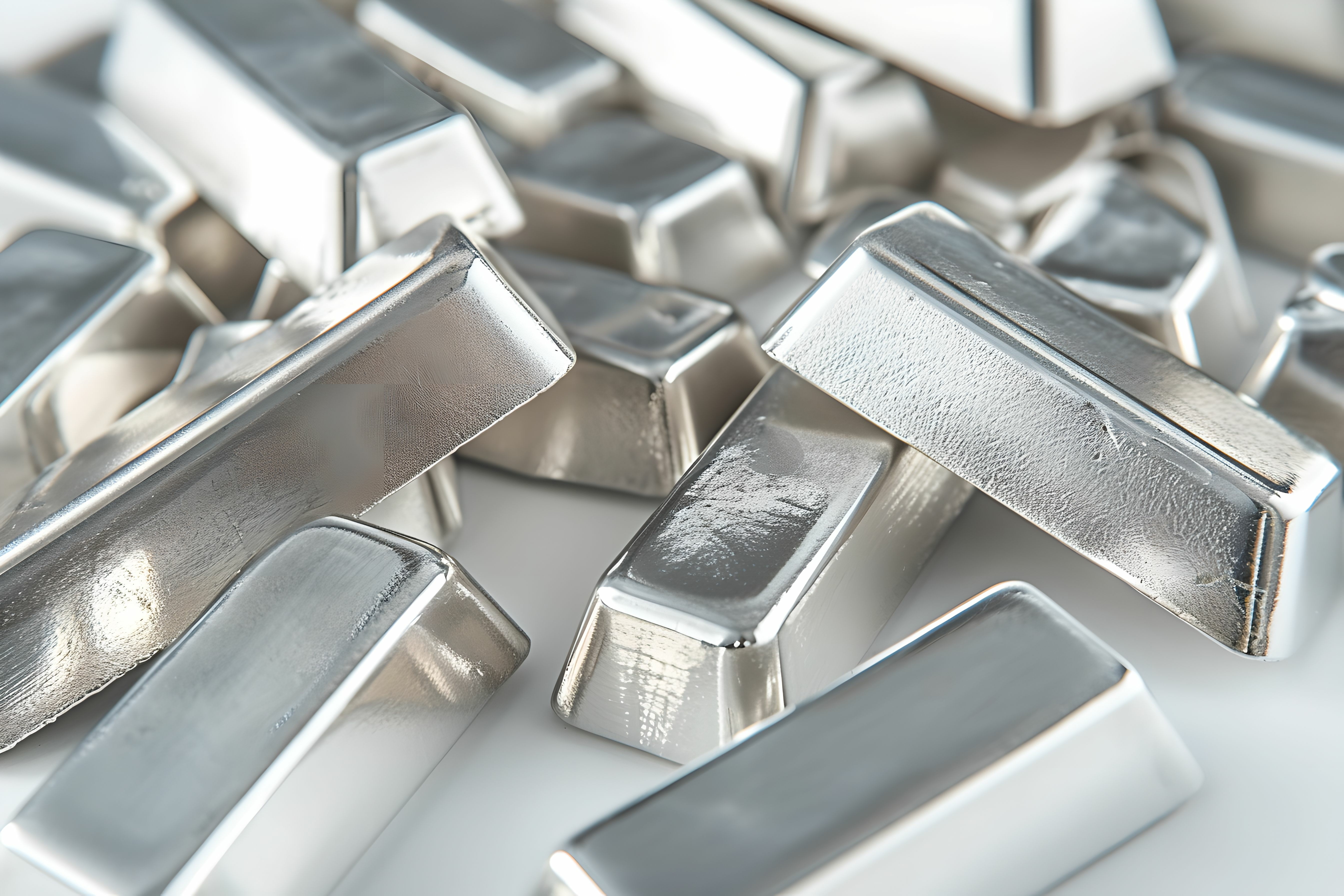Why Are Platinum Bars So Expensive?
Factors behind the High Cost of Platinum Bars
Platinum bars are expensive because platinum is rare. Antonio de Ulloa, a Spanish Navy officer and scientist, discovered platinum in 1735. In the 1700s and early 1800s, Spain used a lot of platinum to make jewelry that’s now considered to be practically priceless. To be fair, Spain isn’t responsible for platinum bars being a major investment today, although other factors make these bars so expensive. Even if they prefer to buy gold bars or silver bullion, Scottsdale precious metals collectors might be interested in the following facts explaining why platinum bars are so expensive.
Platinum’s Shine
Platinum bars have a lustrous shine that’s even brighter than silver’s famous glow. Pure platinum bars are shiny and reflective and highlight the gorgeous designs, which adds to their expense.
High Industrial Demand
Platinum is the heaviest of the precious metals. It’s dense, ductile, and impervious to corrosion, and it has a very high melting point. These qualities make it appealing for many industrial purposes. Surprisingly, the price of platinum is due in large part to demand for the precious metal in the automotive industry. Platinum is used to make catalytic converters in traditional cars. Platinum prices increase with spikes in demand for traditional gas-powered automotive vehicles. Platinum is also used in scientific equipment, thermometers, dental devices, and an assortment of other products.
Increased Demand among Collectors
Platinum prices have spiked several times over the past 25 years, peaking at an all-time high of $2,213 per ounce in March of 2008. Today, platinum’s high prices are still being driven by demand from collectors. Many governments produce platinum bars and/or coins. Private mints often make platinum bars as well in various sizes.
Difficulty of Production
There are no large stockpiles of platinum. According to some estimates, only one percent of the Earth’s crust contains platinum. It’s also difficult to mine platinum. The mining process also takes several months to complete. Part of the reason for this is because it could take around 10 tons of ore just to produce an ounce of platinum, which costs around $1,800 to produce.
Supply Disruptions
Ongoing supply disruptions can make platinum expensive as well. A lot of platinum is found in South Africa and Russia. Few significant deposits have been found outside those two countries. With Russia, this is problematic, since Russia is still embroiled in an ongoing conflict with Ukraine. This is also one of the reasons for supply disruptions that have occurred since the conflict began. However, these disruptions are often intermittent, meaning you can purchase platinum when it’s more plentiful and sell it when there are supply disruptions and earn a nice profit for your efforts and patience.
The Good News
The good news is privately minted platinum bullion as well as government minted coins are easy to purchase from any of our First National Bullion locations. Since the prices of gold, silver, and platinum bullion are independent of one another, it’s easy to diversify the precious metals in your portfolio with platinum bars.
The value of platinum is easy to understand, and you can trust you’ll get what you pay for when you buy platinum from a reputable firm, such as First National Bullion. Scottsdale residents can rely on our professionalism and expertise when they’re ready to invest in platinum, gold, and other precious metals. Give one of our experienced dealers a call today.
The statements made in this blog are opinions, and past performance is not indicative of future returns. Precious metals, like all investments, carry risk. Precious metals and coins may appreciate, depreciate, or stay the same in cash value depending on a variety of factors. First National Bullion does not guarantee, and its website and employees make no representation, that any metals for sale will appreciate sufficiently to earn the customers a profit. The decision to buy, sell, or borrow precious metals and which precious metals to purchase, borrow, or sell are made at the customer’s sole discretion.





